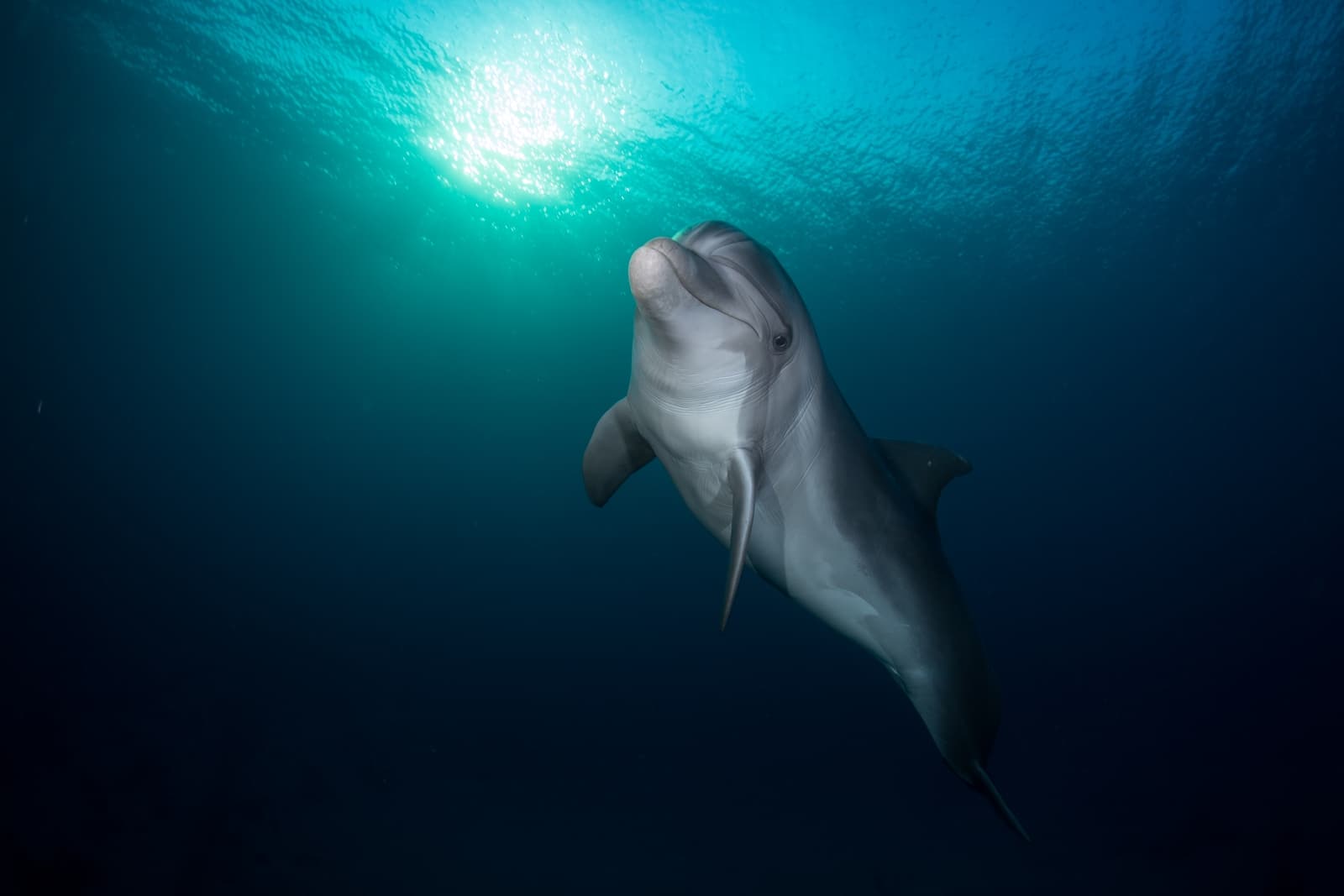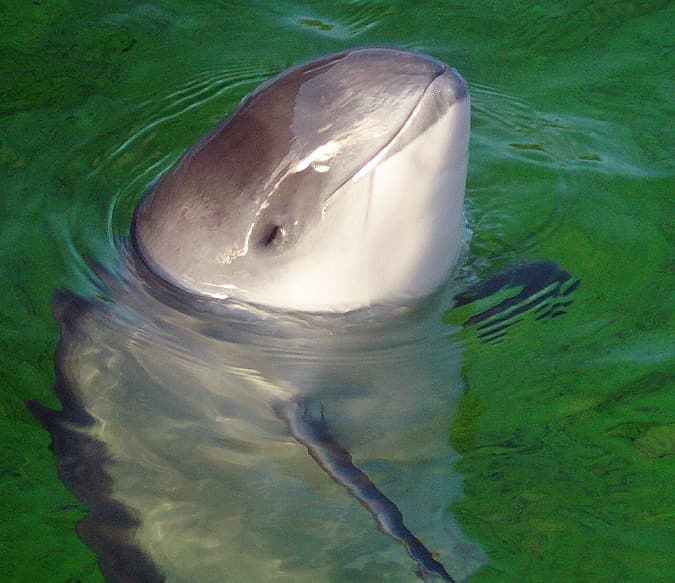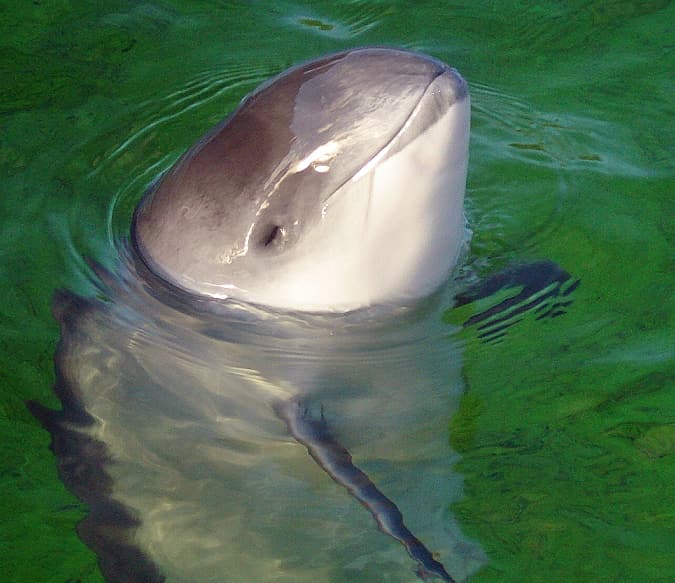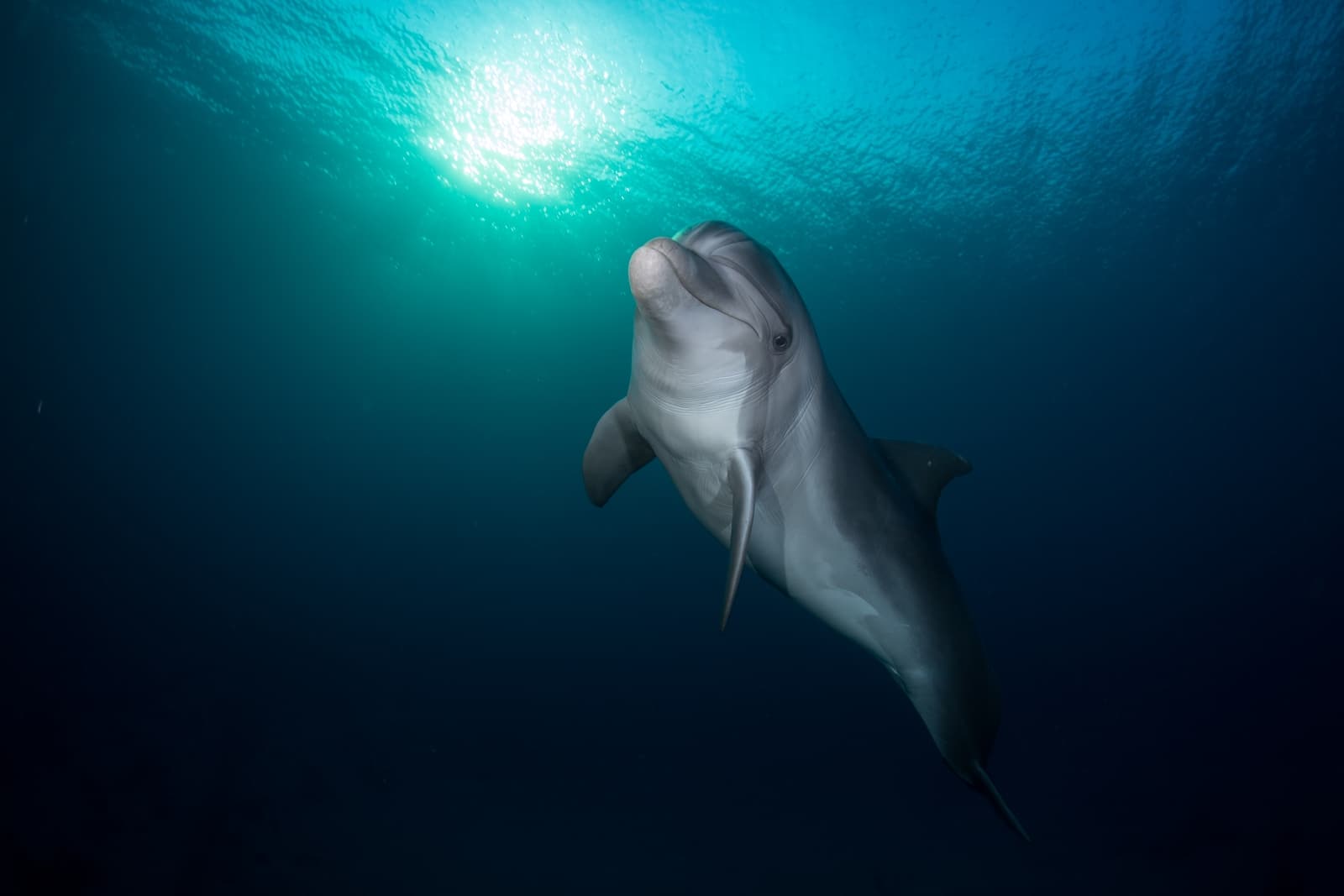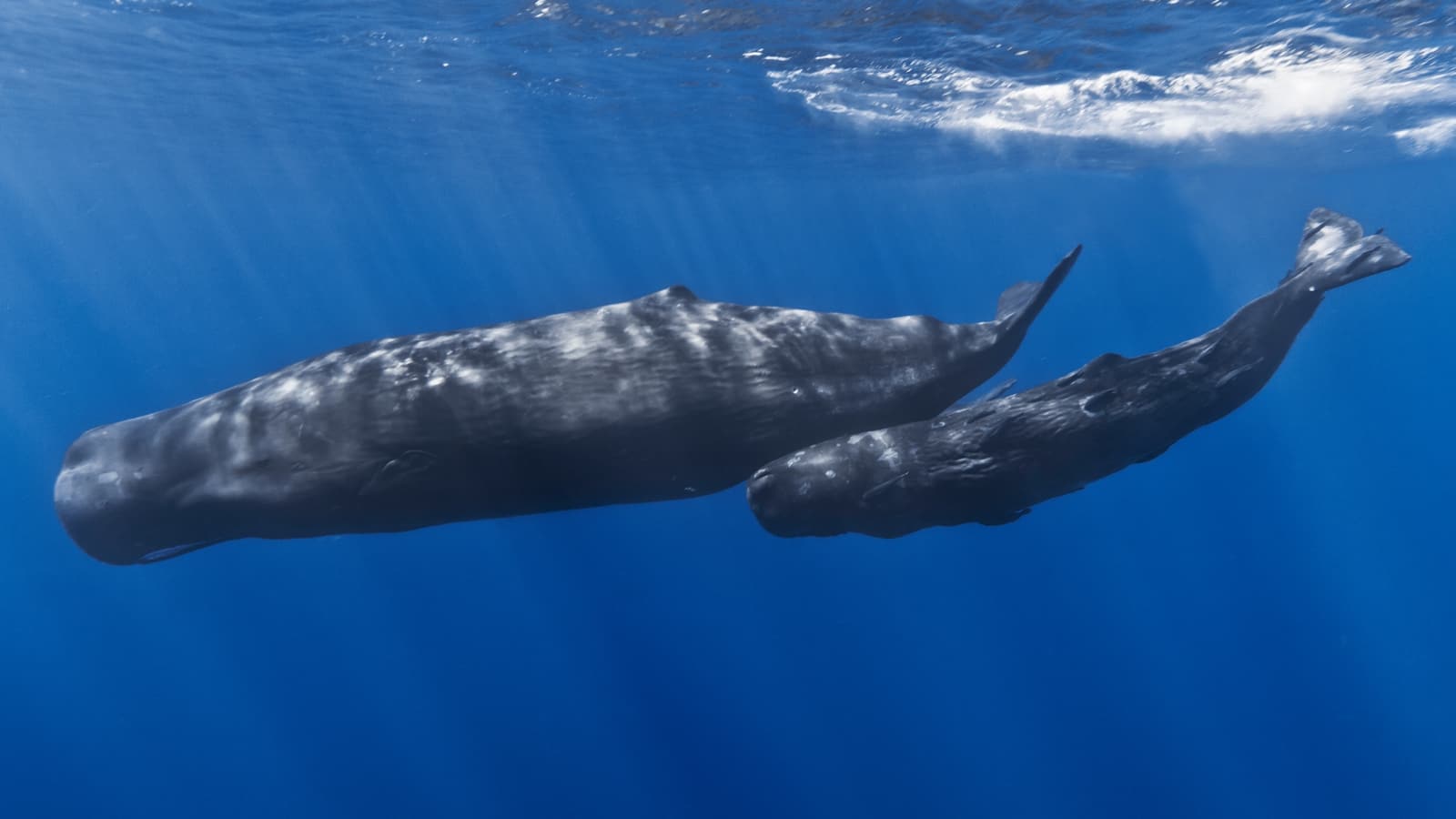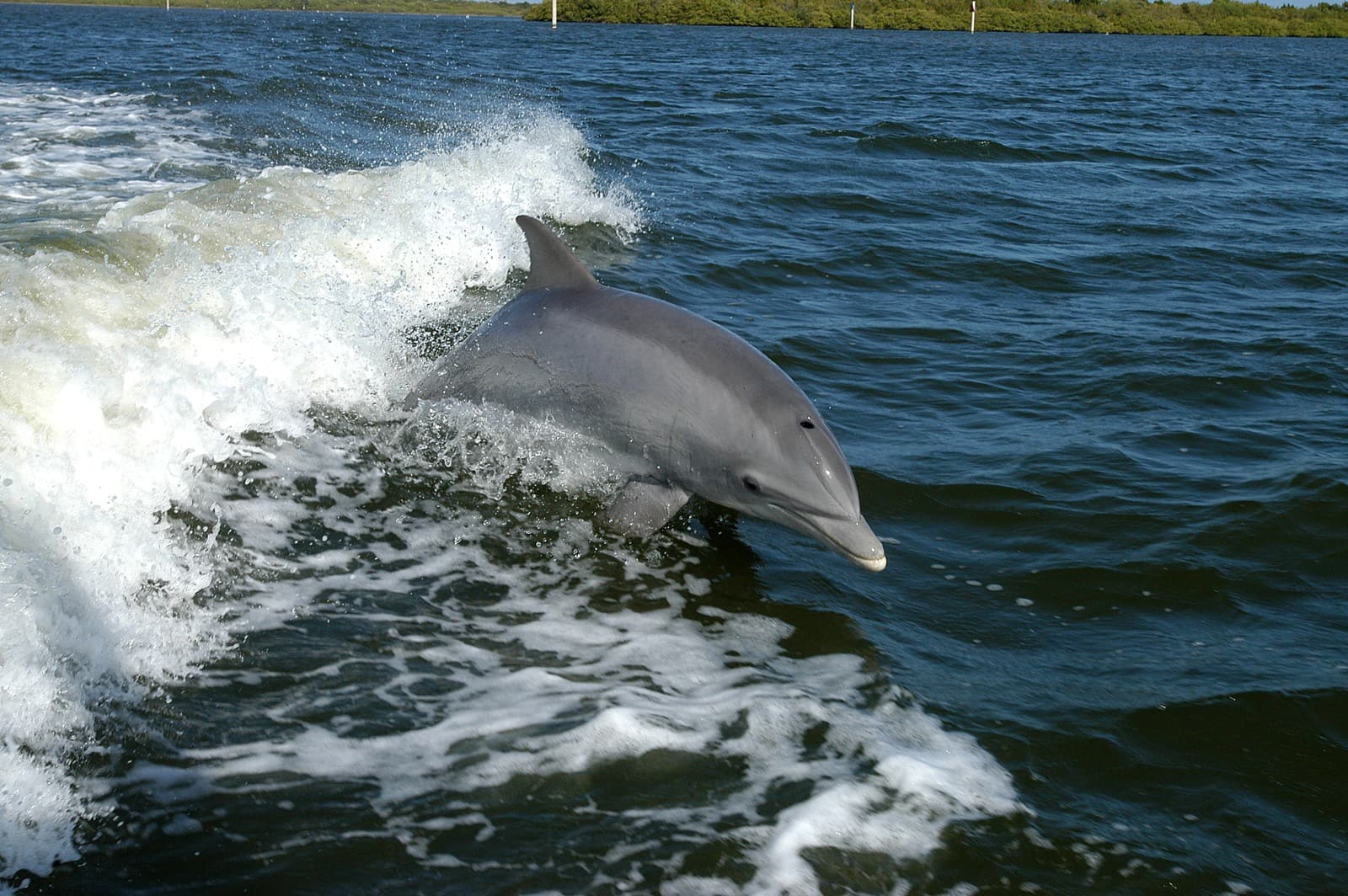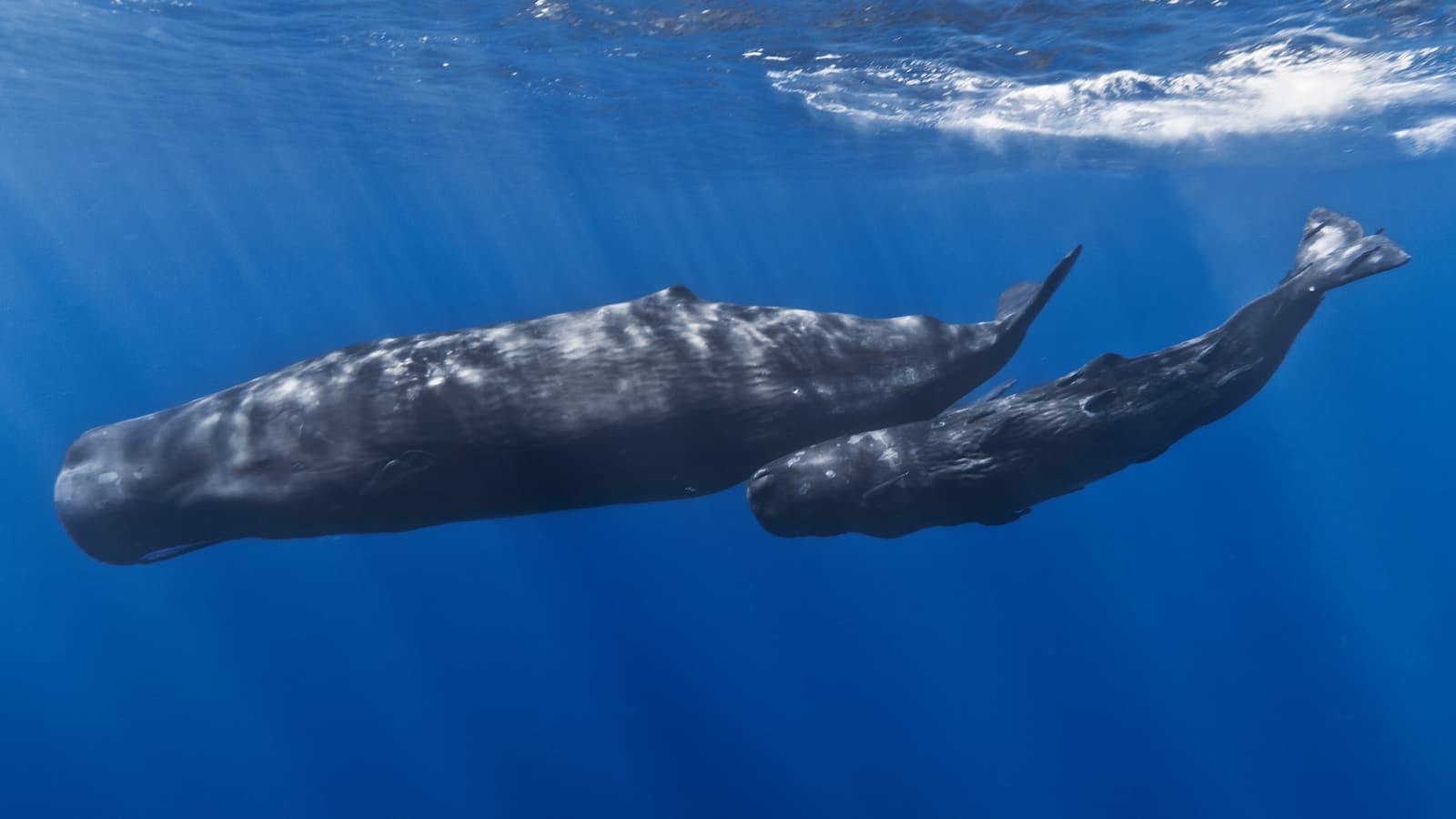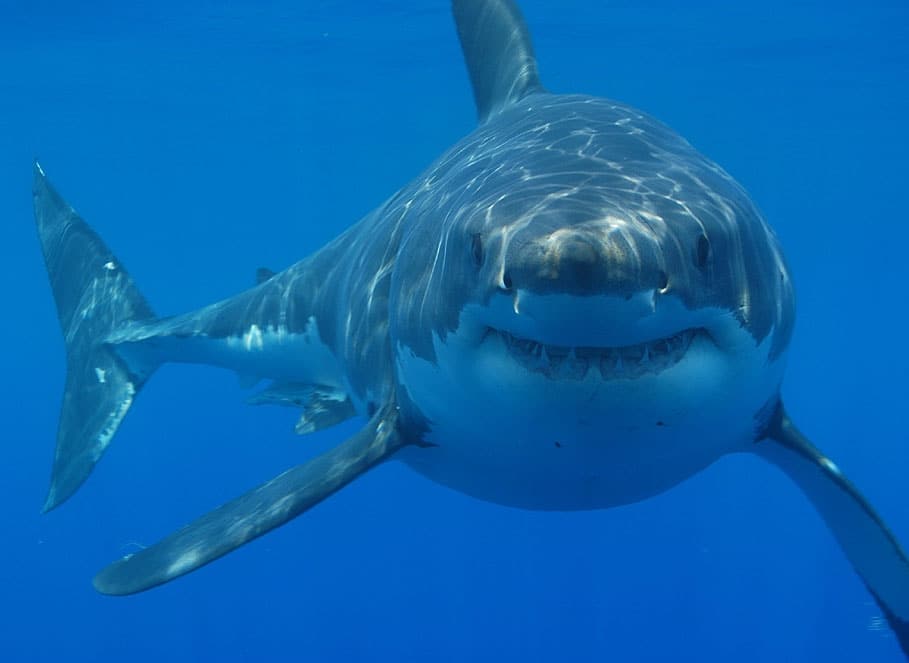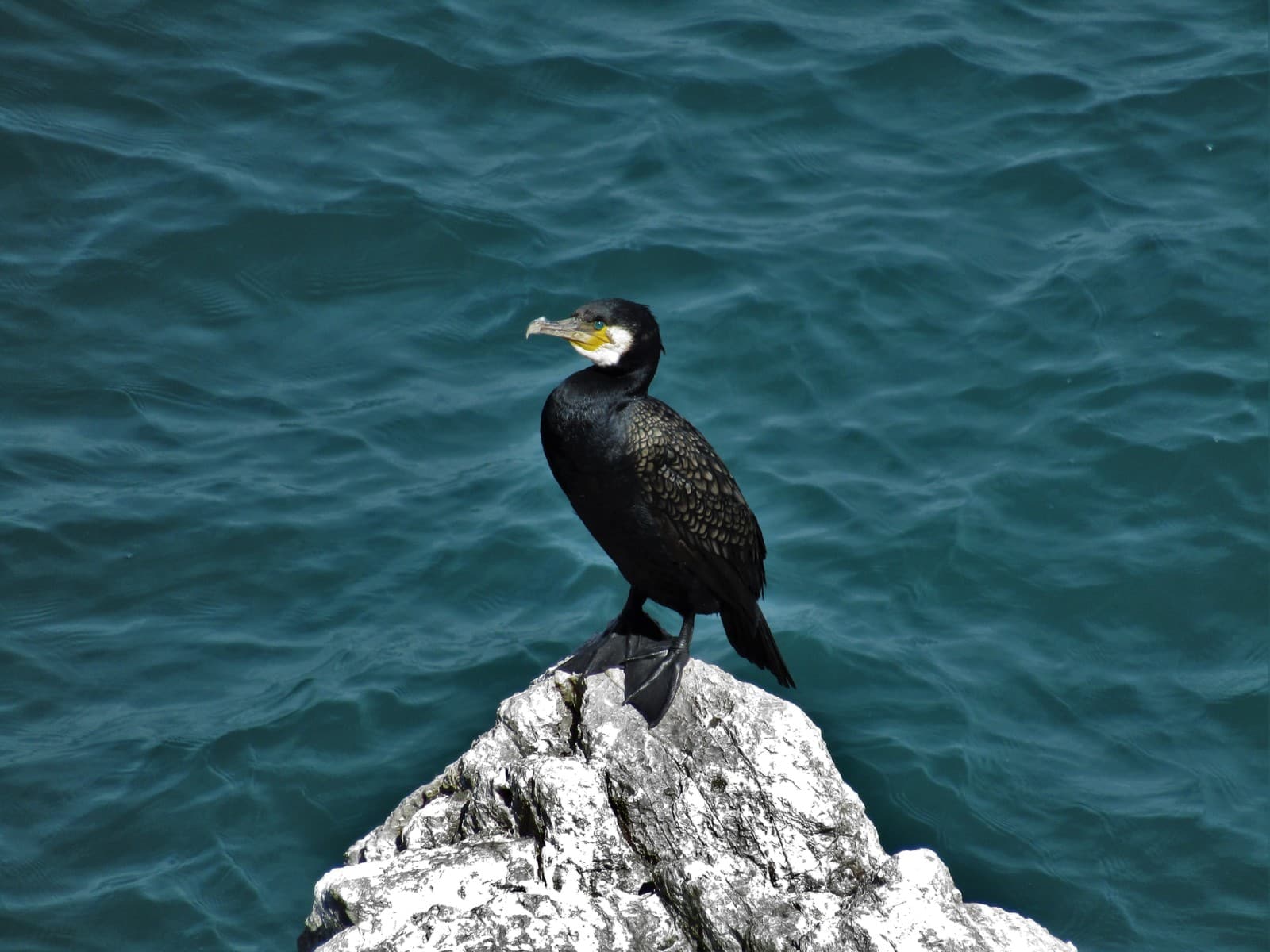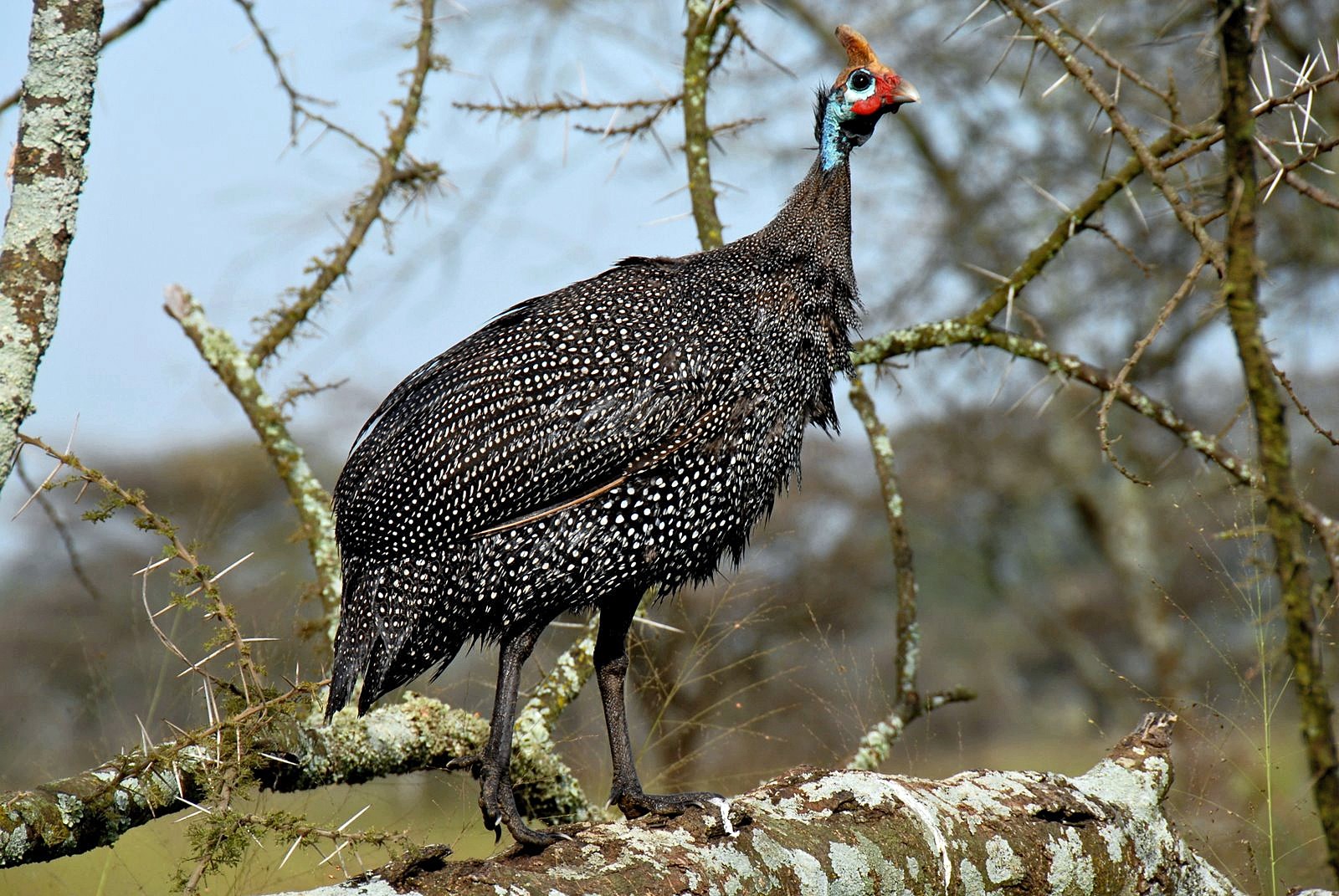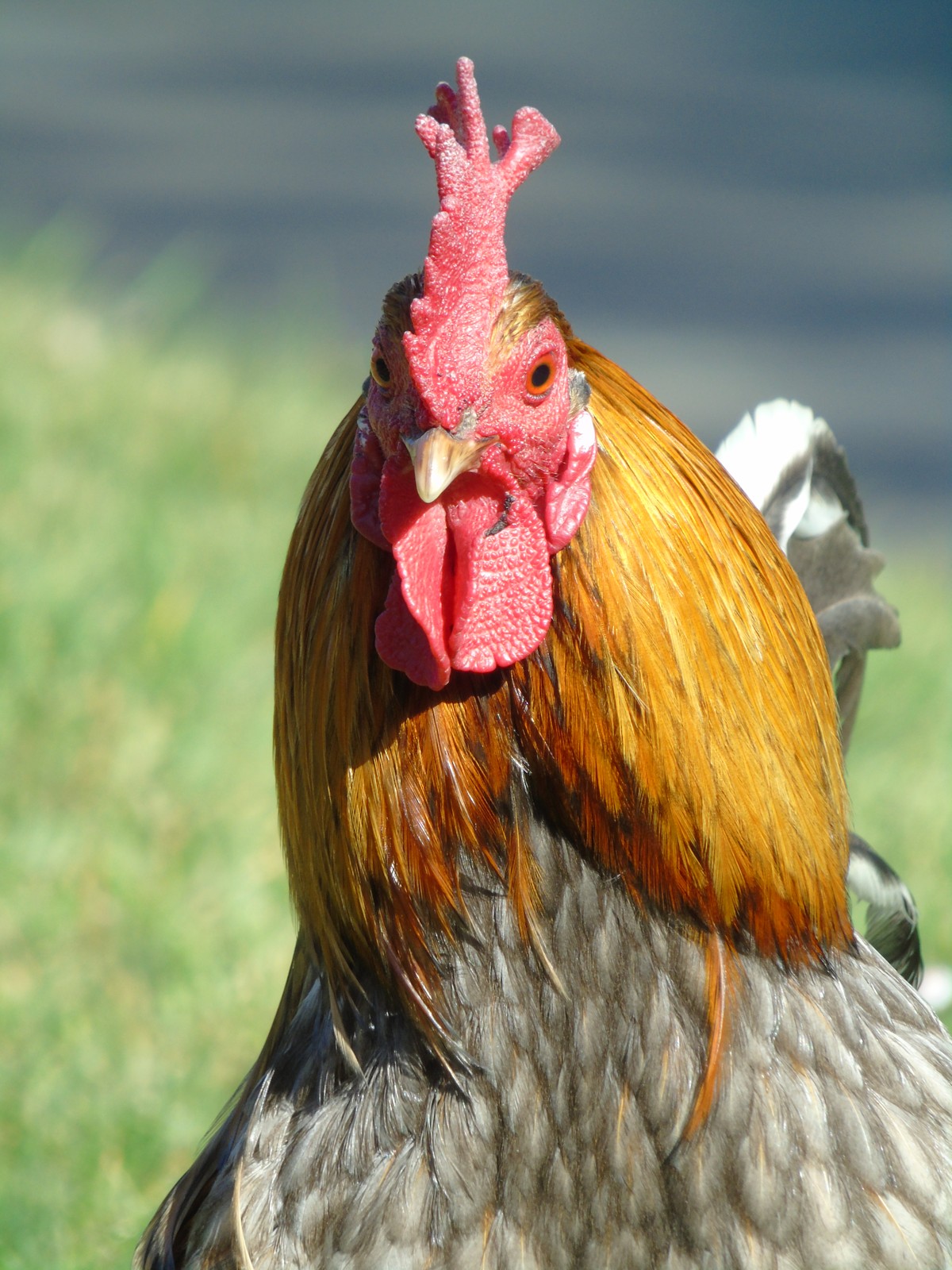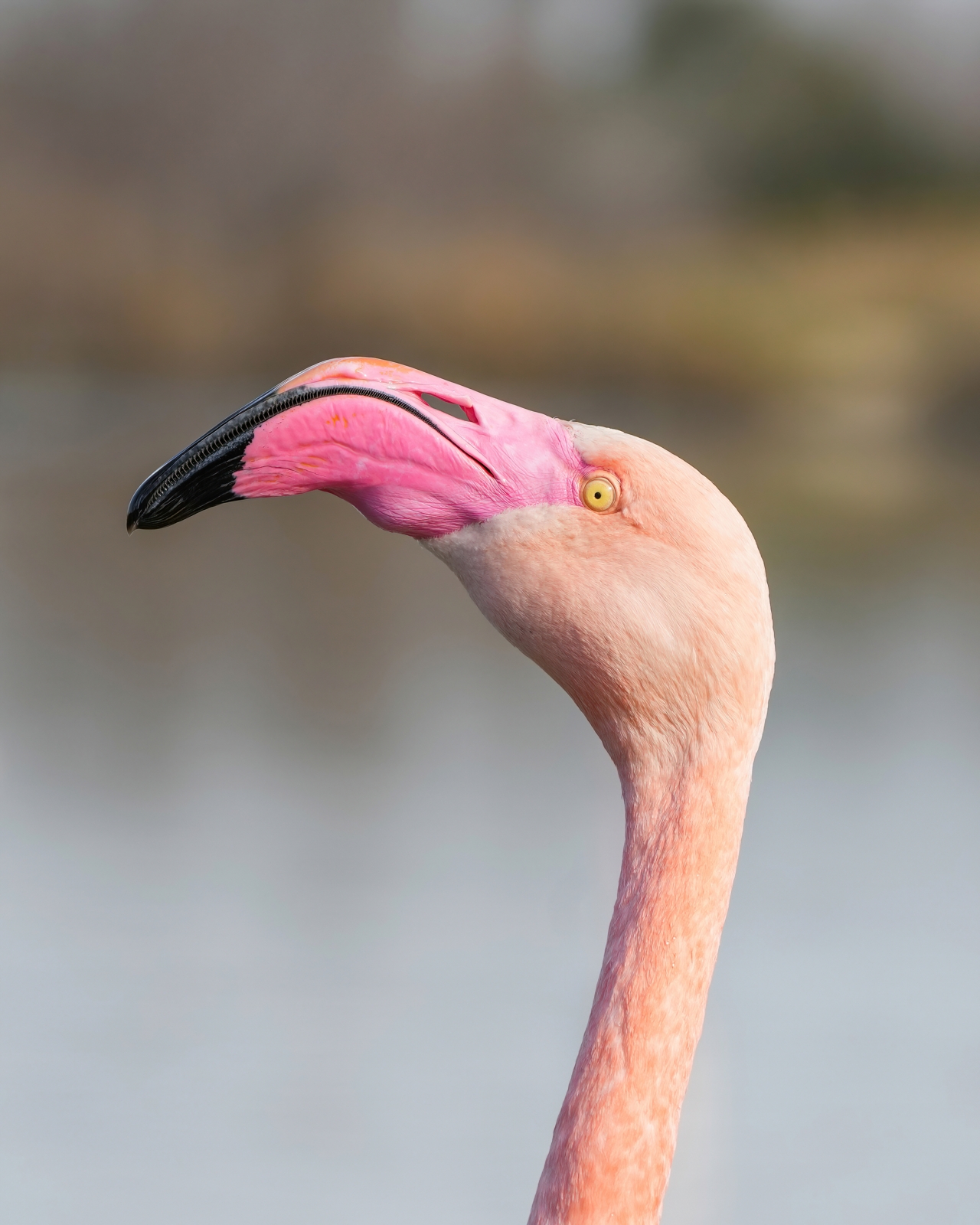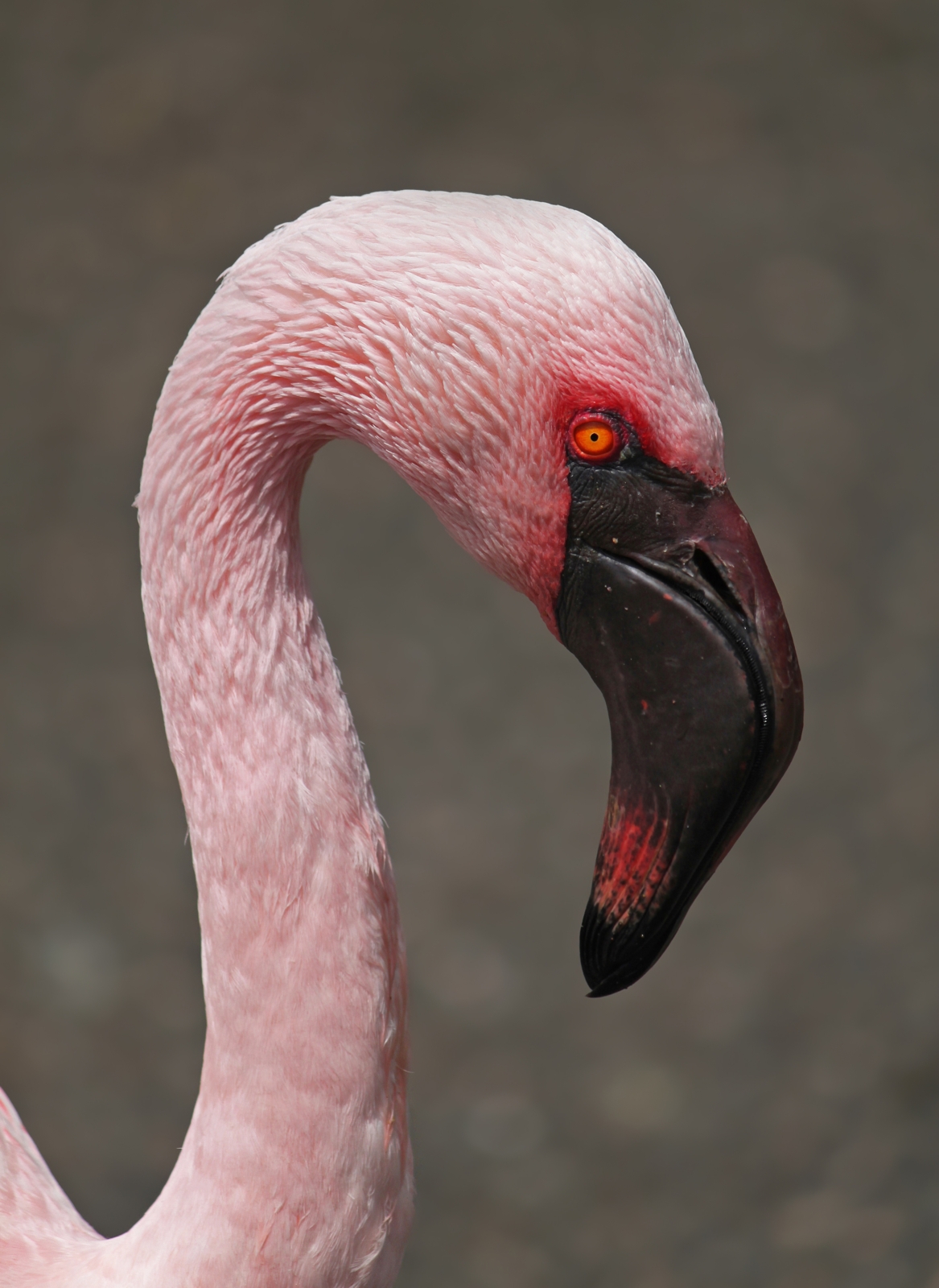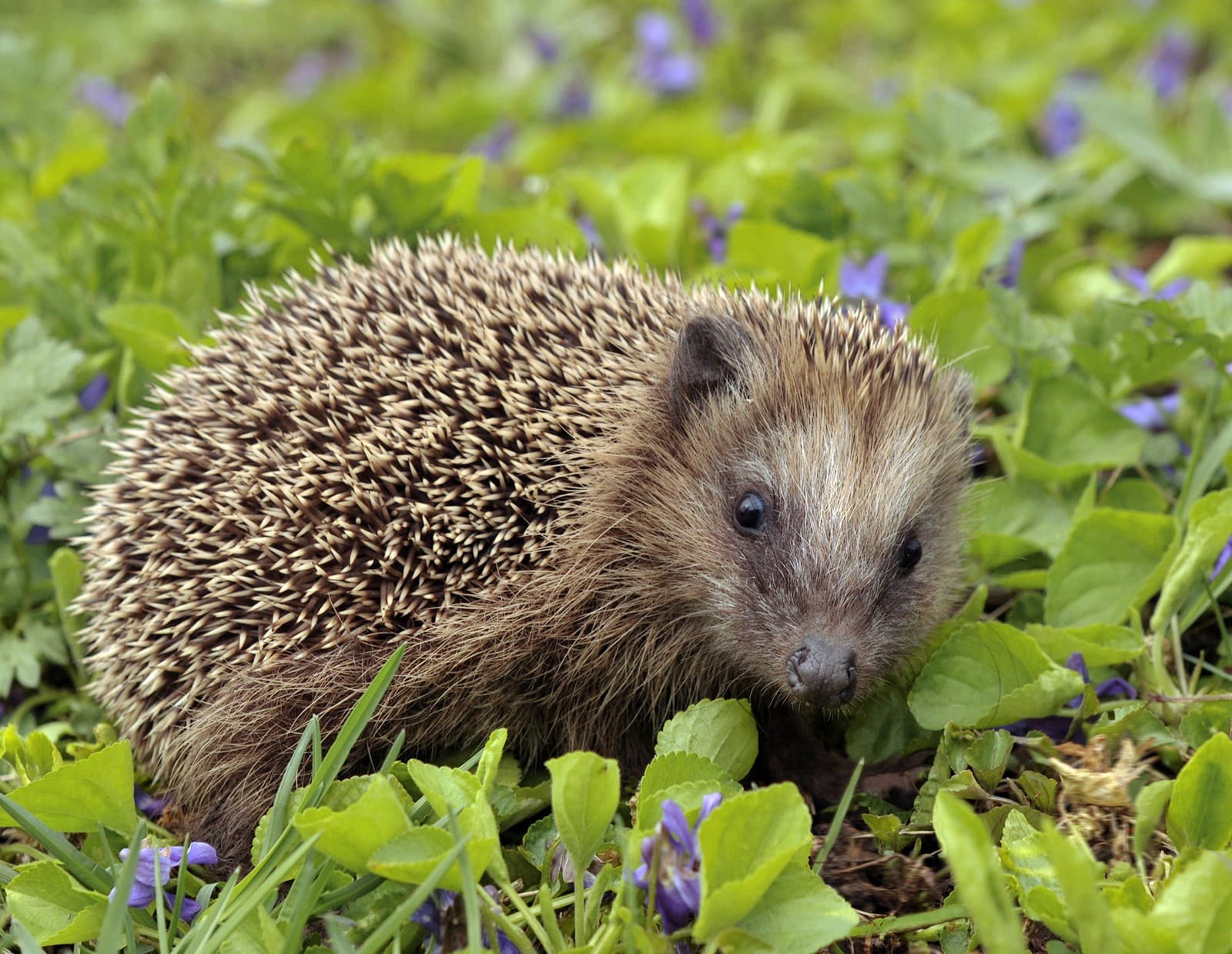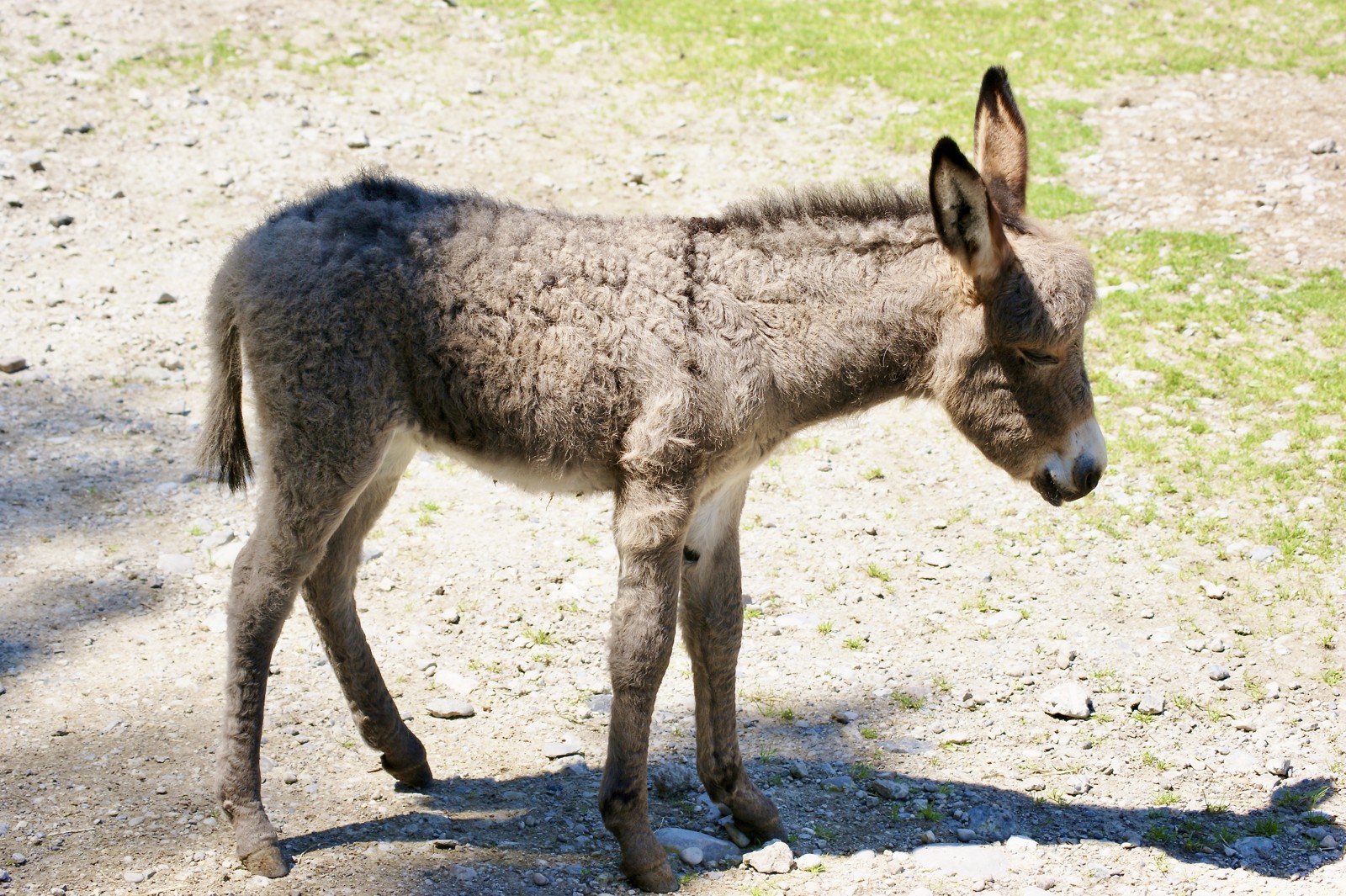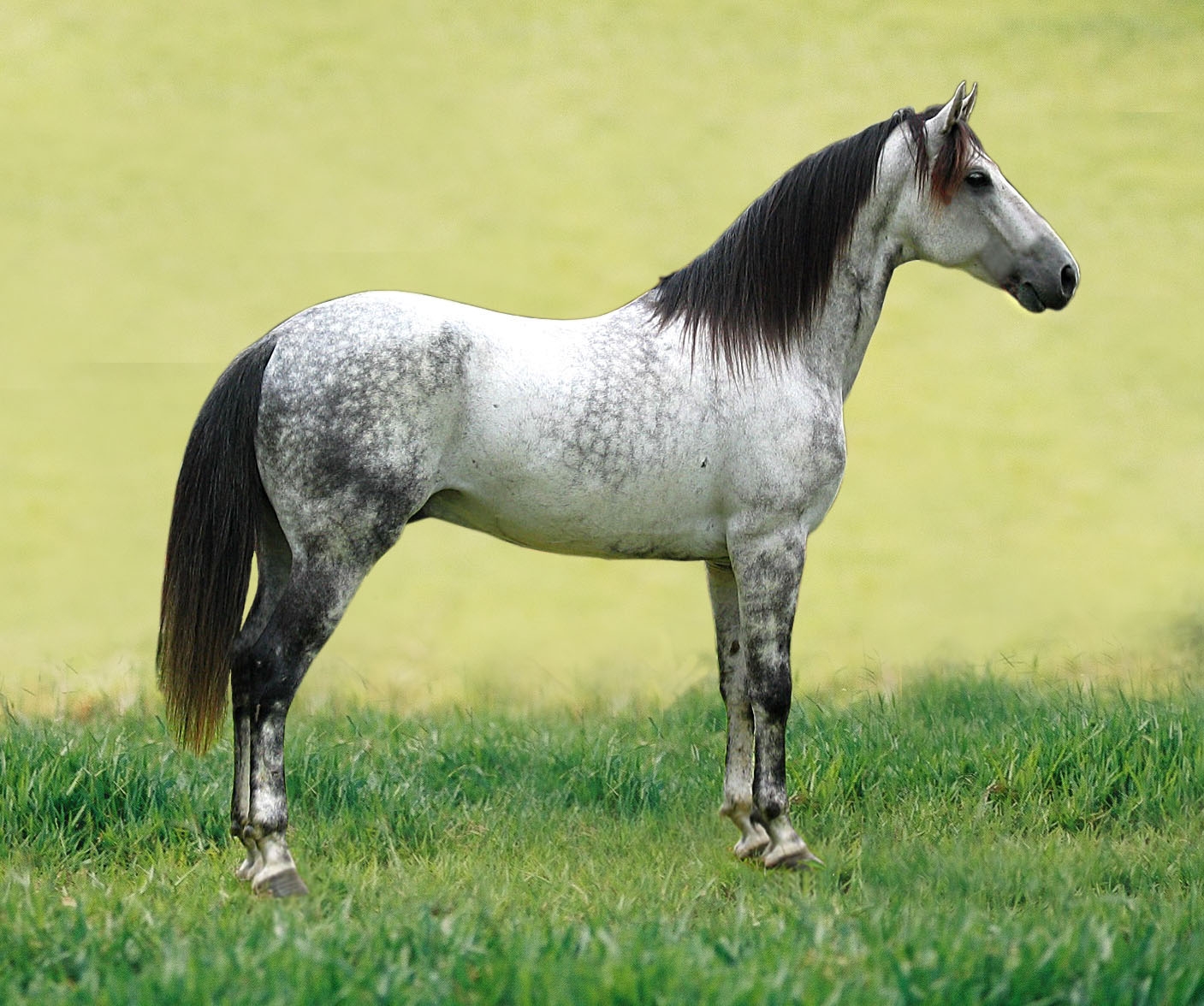Porpoise vs Whale: A Complete Comparison
When comparing porpoise vs whale species, size stands as the most striking difference. While porpoises typically measure 4-8 feet (1.2-2.4 meters) in length, whales can range dramatically from 20 feet (6 meters) in minke whales to the colossal 100 feet (30 meters) of a blue whale. This remarkable size disparity influences nearly every aspect of their lives, from feeding strategies to social behavior.
Beyond size, porpoises and whales exhibit distinct anatomical features that set them apart. Porpoises possess spade-shaped teeth and rounded snouts, while most whales have cone-shaped teeth or baleen plates. These differences reflect their diverse feeding strategies and evolutionary adaptations to different marine niches.
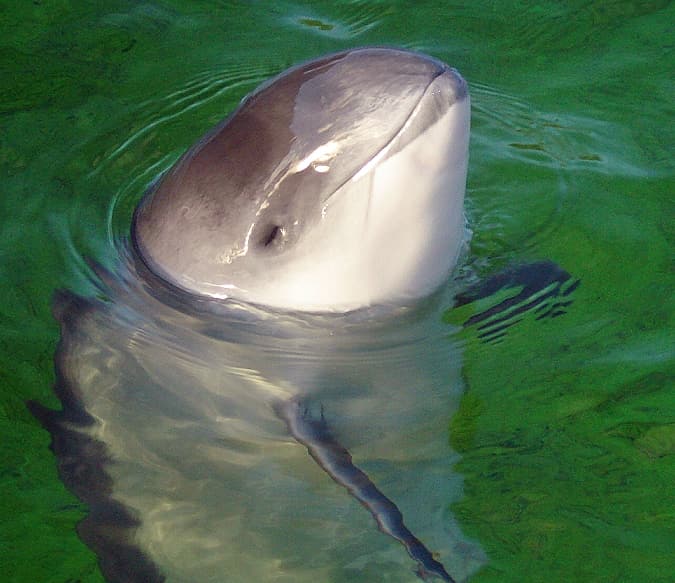
© AVampireTear / CC BY-SA 3.0
A harbor porpoise demonstrates the characteristic rounded snout and compact body typical of all porpoise species, showcasing key differences from their larger whale cousins.
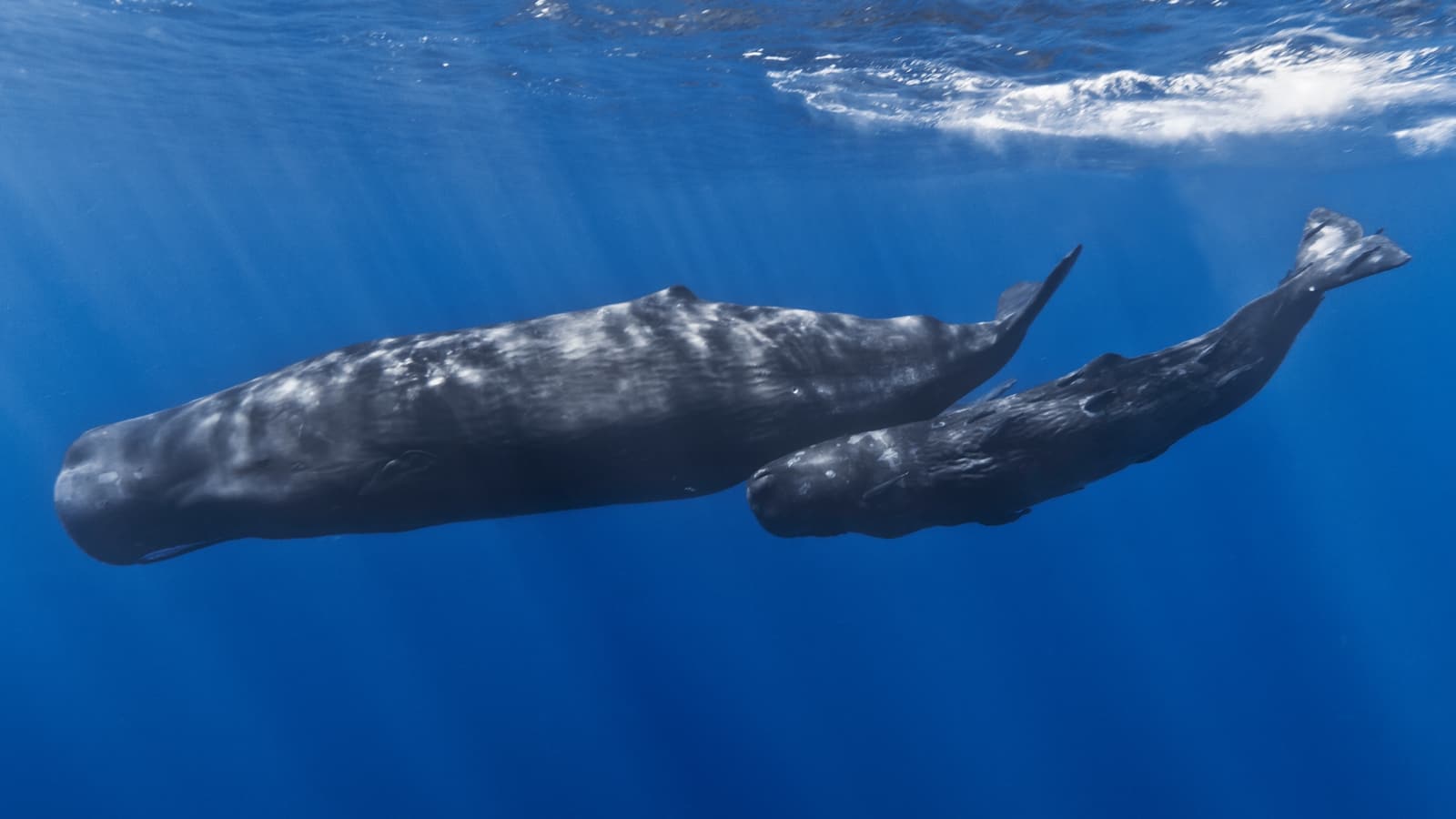
© Gabriel Barathieu / CC BY-SA 2.0
Sperm whales exemplify the massive scale and social nature of many whale species, contrasting sharply with the smaller, more solitary porpoise.
Key Differences: Porpoise vs Whale
| Feature | Porpoise | Whale |
|---|---|---|
| Size | 4-8 feet (1.2-2.4m) | 20-100 feet (6-30m) |
| Teeth Shape | Spade-shaped | Cone-shaped or baleen |
| Dorsal Fin | Triangle-shaped | Various shapes, often curved |
| Social Behavior | Usually solitary or small groups | Often highly social, large pods |
| Diving Depth | Usually < 650 feet (200m) | Up to 10,000 feet (3,000m) |
| Lifespan | 15-20 years | 30-90+ years |
Habitat and Distribution
Porpoises generally inhabit coastal waters and river estuaries, rarely venturing into deep ocean environments. Their preference for shallow waters contrasts sharply with many whale species, which traverse vast oceanic distances and dive to extreme depths. Sperm whales, for instance, routinely dive to depths of 7,000 feet (2,100 meters), while porpoises typically stay within 650 feet (200 meters) of the surface.
Feeding Behavior and Diet
While both porpoises and whales are carnivorous, their feeding strategies differ significantly. Porpoises use their spade-shaped teeth to catch small fish and squid, hunting individually or in small groups. Whales exhibit more diverse feeding patterns: toothed whales hunt larger prey like giant squid, while baleen whales filter enormous quantities of krill and small fish from the water.
Social Structure and Communication
The social dynamics between porpoises and whales present another striking contrast. Porpoises typically maintain smaller social groups and are generally less vocal than whales. Whales, particularly species like humpbacks and sperm whales, form complex social bonds and communicate through elaborate vocalizations that can travel for miles underwater.
Conservation Status and Threats
Both porpoises and whales face significant conservation challenges, though their threats differ. Porpoises, due to their coastal habitat, are particularly vulnerable to fishing net entanglement and habitat degradation. Whales face broader challenges, including ship strikes, noise pollution, and the lingering effects of historical whaling practices.
Intelligence and Behavior
Research indicates both groups possess remarkable intelligence, but whales generally demonstrate more complex social behaviors and learning capabilities. Humpback whales, for example, exhibit sophisticated cooperative hunting techniques and pass cultural knowledge through generations – behaviors rarely observed in porpoises.
Who Would Win in an Encounter?
While direct confrontations between porpoises and whales are rare, the size difference makes any comparison largely academic. A single adult whale can outweigh an entire pod of porpoises. However, nature has evolved these species to occupy different ecological niches, making direct competition unnecessary in their natural habitats.
Through millions of years of evolution, both porpoises and whales have adapted perfectly to their respective marine environments. While they share common cetacean ancestry, their divergent evolutionary paths have produced remarkably different creatures, each fascinating in their own right.
